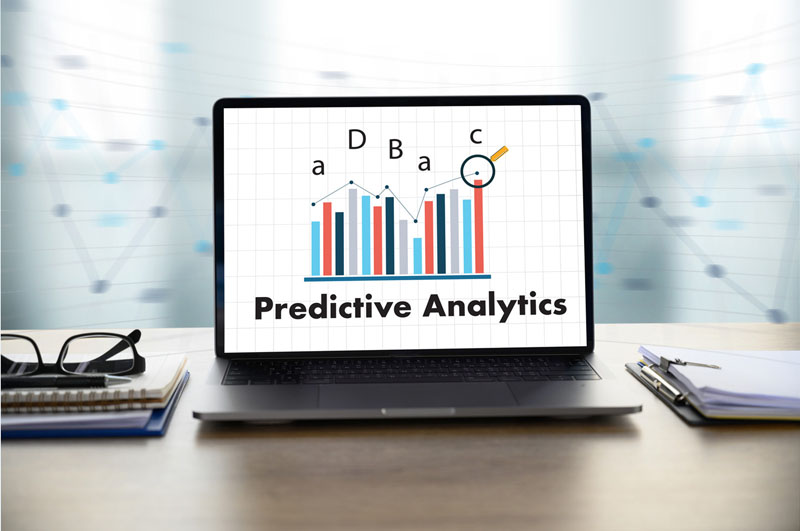As a data conversion company, we know that data digitization and predictive analytics helps to improve the performance of any business. Data analytics is an important catalyst of an organization’s digitization and transformation efforts. The global market is highly dynamic and there is a need to study this market and create insights about key target markets and accordingly design strategies. Data analytics is important for the healthcare industry just as for any other industry. The right actionable data is vital to understand various health conditions of patients and determine the most suitable treatment.

There is solid increase in the number of people seeking healthcare services because of increased awareness regarding the importance of good health. There is a need to provide treatment tailored for each patient and also enhance the efficiency of healthcare processes by scrutinizing patient data sets to determine admission and readmission rates, and also to monitor and analyze staff performance in real-time. Analysis of healthcare data also ensures better coordination and improves both healthcare delivery and patient experience. With advanced technologies like artificial intelligence, machine learning, predictive analytics etc healthcare providers can predict the future outcomes based on past data and thus ensure better health for people.
Predictive analysis studies historical data to predict future target events and it is an important crossover for organizations from both technology and business process perspectives. Predictive analysis uses various statistical and machine learning methods that are honed over time with the addition of new data. Predictive analysis along with human intervention can address inefficiencies along the patient journey and tailor services to meet the unique needs of the patient population. As per a study by the Society of Actuaries of 2017, 93 percent of health organizations say predictive analytics is important to the future of their business, with 89 percent of providers currently using predictive analytics or planning to do so in the next five years.
The Office of the National Coordinator for Health Information Technology, along with the University of California, San Francisco, have already started applying machine learning algorithms to predict outcomes for patients with kidney disease and helping to keep people healthy and also minimize costs.
Predictive Analytics for Palliative care
Penn Medicine, a Philadelphia-based healthcare system began using predictive analysis in 2017 to improve a system called Palliative Connect. In this program they use machine learning to collect data from a patient’s electronic health record and develop prognosis score. The score is based on 30 different factors that help clinicians determine a patient’s likely prognosis over the next six months. Dr. Katherine Courtright, assistant professor of medicine at the Perelman School of Medicine at the University of Pennsylvania, said that it helps the team recognize the patterns and act accordingly. According to Courtright, “one of the barriers to getting these services to seriously ill patients, particularly in a hospital setting, is the focus in hospitals on the acute problem. When clinicians are so busy, they’re focused on what the patient came in for. It’s hard to step back and see the whole person as a trajectory.”
Palliative Connect was a pilot program at one of Penn Medicine’s hospitals from December 2017 to February 2018. This program identified 85 patients for consultation, compared to 22 that would have been identified in a similar patient population. It also helps physicians increase the reach of expert palliative care for the seriously ill. They have also started a second pilot program with an increased number of patient participants.
Use of Predictive Analysis in Imaging
Predictive analytics has already made its way into imaging. CheXNeXt is an artificial intelligence algorithm trained and studied by researchers at the Stanford University. It can screen chest X-rays in a few seconds to detect 14 different pathologies with an accuracy rivalling that of radiologists. CheXNeXt researchers believe that it could use the algorithm to help with the diagnosis of urgent care or emergency patients who come in with a cough.
Dr. Matthew Lungren, assistant professor of radiology at the Stanford University Medical Center, said that the algorithm has not yet been introduced in a clinical setting. He said that the algorithm could triage the X-rays and sort them into prioritized categories for doctors to review, like normal, abnormal or emergent. Predictive analytics can make a huge impact on imaging and cancer care too and for pathologist, predictive analytics can improve identification of specific things on images.
Predictive modelling enables oncologists to make better healthcare decisions and AI algorithm can use information from images to identify patients who are in serious condition and are therefore in need of more aggressive treatment.
Technological advancements such as Artificial Intelligence, Predictive Analytics as well as Robotics and Wearables support the healthcare industry in becoming more efficient and accurate. With data conversion services, medical data can be converted into digital data that ensure better patient management and care.



